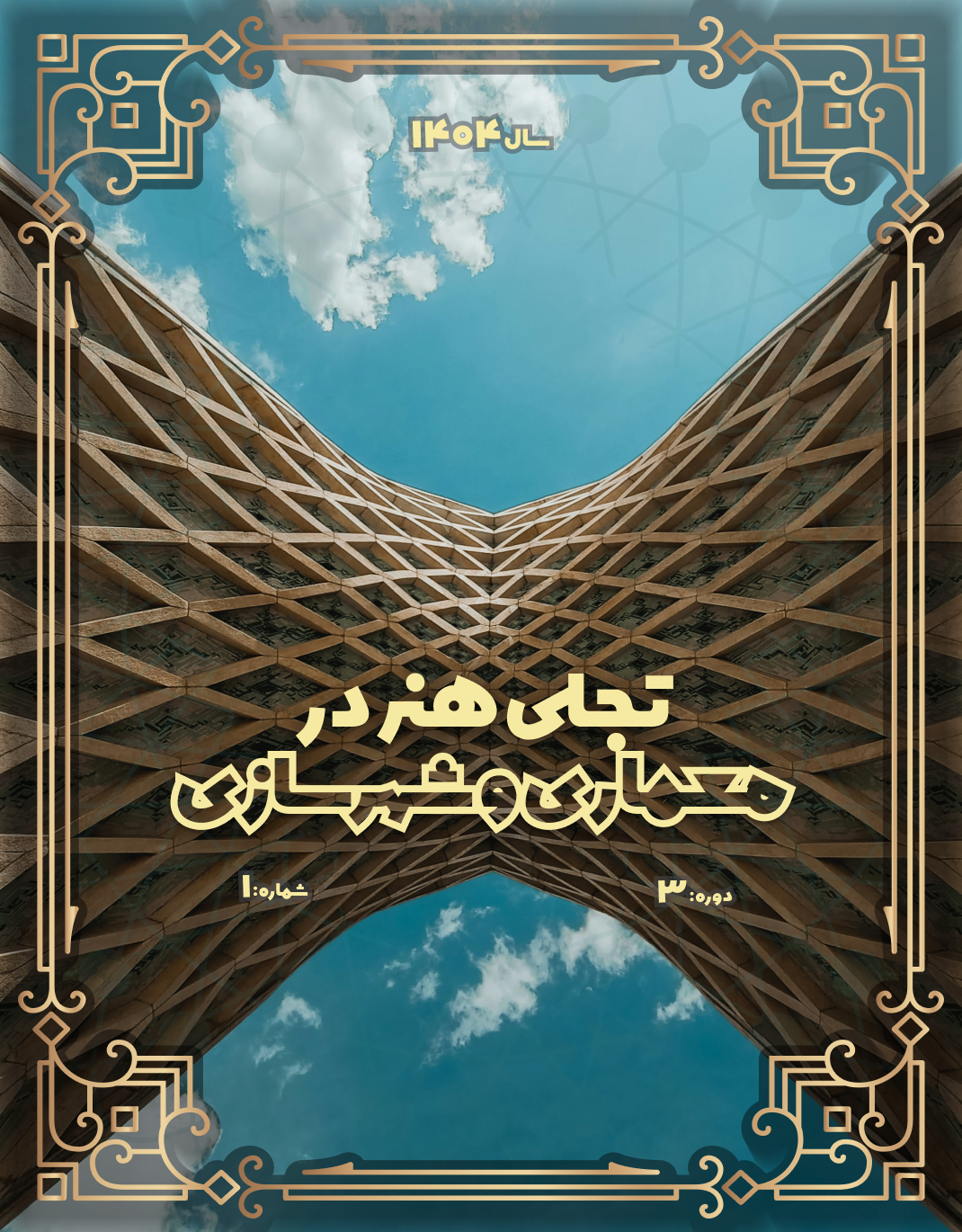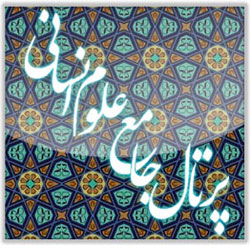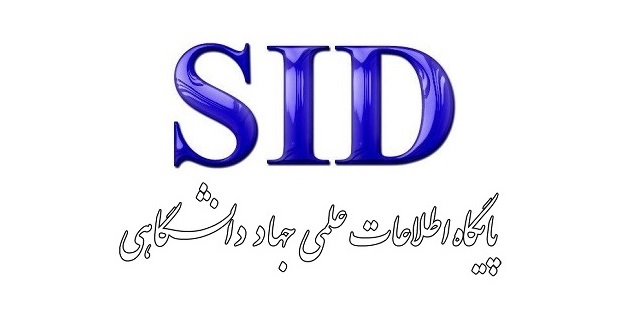War and Urban Morphology (The Impact of War on the Form of Historical Cities Post-War – Case Study: Dezful)
Keywords:
(reconstruction), , (Dezful), (architectural language), (urban morphology), (war)Abstract
Urban planners and architects often face significant constraints in post-war reconstruction efforts in historical cities. They are confronted with two main priorities: preserving urban morphology or prioritizing the rapid provision of housing. Some design based on urban morphology and architectural language, while others disregard these aspects. However, the success of a reconstruction plan is ultimately judged by the people who continue to live in that city afterward. The study of post-war reconstruction in the city of Dezful serves as evidence of the failure of such efforts from physical, social, and cultural perspectives. Analyzing the historical fabric of the city after a crisis, using pre-war data and based on architectural language and urban morphology, can contribute significantly to a structured post-war rebuilding process. Identifying the urban morphology and the continuity of the urban fabric, along with layering the phases of city formation over various historical periods, establishes a foundational framework that can guide a methodology for post-war reconstruction both within the historical fabric and beyond its existing boundaries. In this study, Dezful’s urban morphology before and after the war was examined to propose a logical model for the reconstruction of historical cities following conflict. Our findings indicate that the physical, social, and cultural structure of Dezful has changed since the reconstruction efforts that began in 1981. The proposed protocol outlines a strategy for post-war reconstruction in Dezful. According to this protocol, 65% of post-war constructions occurred outside the established morphological structure of the city; 25% were somewhat aligned with the city’s morphology, and only 10% of the post-war constructions conformed to the original urban morphology.
Downloads
References
1. Bonyadi N. Historical Evolution of Shiraz's Urban Structure. Abadi. 1992;2(5):58-67.
2. Shahrokhian M. Examining the Physical Impacts of Post-War Reconstruction Programs on Social Changes in Dezful's Old Fabric: Shahid Beheshti University, Faculty of Architecture and Urban Planning, Post-Disaster Reconstruction Research Group (Unpublished); 2009.
3. Motouf S, Shahrokhian M, Kazminia E. Post-war reconstruction of Jamale neighborhood of Isfahan. Bagh Nazar. 2018;15(65):41-8.
4. Fallahi A, Khakpour M, editors. Hoveyzeh After Reconstruction: Re-Evaluating the Rebuilding of the War-Torn City of Hoveyzeh. Third International Conference on Comprehensive Crisis Management in Natural Disasters; 2007; Tehran.
5. Matouf S. Analyzing the Reconstruction Process of Abadan and Khorramshahr from Theoretical Perspectives. Bagh-e Nazar. 2004;103(1):1-85.
6. Carmona M. Public places -urban spaces: Architectural Press; 2003.
7. Mahmali Abyaneh H. Comparative Analysis of Urban Morphology Studies Schools to Complete Them Based on the Analytical Framework of the Political Economy of Space School. Arman Shahr. 2011;70:159-71.
8. Aliabadi Z, Mohammadi M. Examining Spatial Structure Transformations in Urban Morphology Over Historical Periods: Case Study of Zanjan City. Geographical Space Planning. 2019;9(32):51-70.
9. Madani-Pour A, Farhad M. Urban Space Design: A Perspective on Social and Spatial Processes. Tehran: Urban Planning and Programming Company; 2008.
10. Jamali C. Examining the Role of Urban Morphology in Physical Development Plans in Iran: Case Study of Tabriz Metropolis. Geographical Studies of Dry Regions. 2015;5(19):85-102.
11. Simitch A, Warke V. the language of architecture - 26 Principles Every Architect Should Know: Rockport Publishers; 2014.
12. Sharif H, Mohammadi-Nejad F. Pattern Language and Cognitive Psychology. Safa Journal. 2012;56:23-40.
13. Mazhari ME, Hosseini A. Examining Satisfaction with Post-War Reconstruction Through the Lens of Creating a Sense of Belonging Among Survivors (Case Study: Rafie, Khuzestan Province). Housing and Rural Environment. 2021;173:19-32.
14. Shovili F, Mobarhan-Shafiei N, editors. Analysis of Dezful's Spatial Structure During Different Urban Expansion Periods Using Space Syntax Method. National Conference on Indigenous Architecture and Urban Planning in Iran; 2015; Yazd.
15. Masoudi-Nejad R, Matouf S, Shahrokhian M, Kazemi-Nia E. Comparative Study of Commercial and Social Markets with a Focus on Historical Markets of Dezful and Shushtar as Commercial Markets Post-War Reconstruction of Jamaleh Neighborhood in Isfahan. Iranian Architecture Studies. 2016;5(10):73-100.
Downloads
Published
Submitted
Revised
Accepted
Issue
Section
License
Copyright (c) 2025 Farzaneh Nahas Farmaniyeh, Anna Irene Del Monaco, Shahab Abbaszadeh (Author)

This work is licensed under a Creative Commons Attribution-NonCommercial 4.0 International License.










